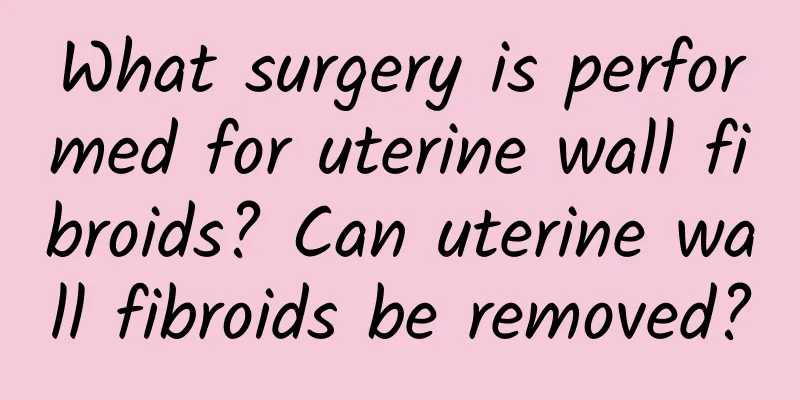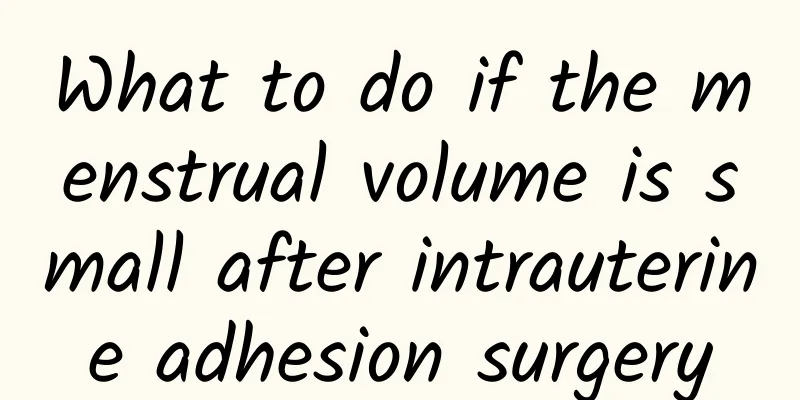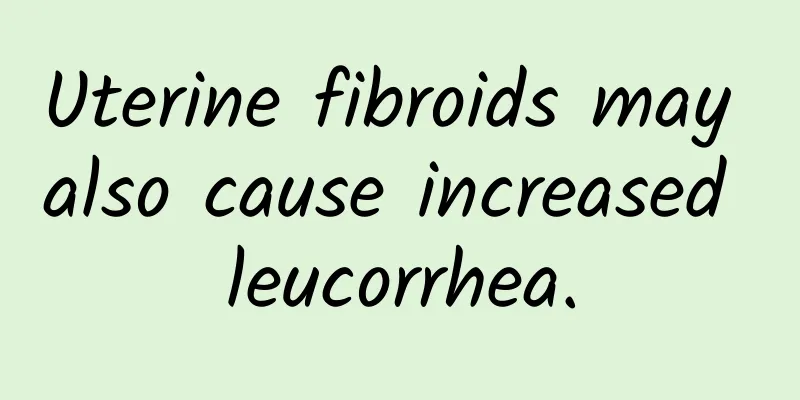What surgery is performed for uterine wall fibroids? Can uterine wall fibroids be removed?

|
What surgery is performed for uterine wall fibroids? Can uterine wall fibroids be removed? Uterine wall fibroids are a common female reproductive system disease that causes the uterine muscle wall to proliferate and form tumor-like objects. When the fibroids grow larger and cause symptoms, doctors usually recommend surgical removal. So, can fibroids on the uterine wall be removed? This article will introduce the surgery for uterine wall fibroids and its feasibility. 1. Resection is one of the main treatment options There are many treatment options for uterine wall fibroids, including medication, interventional therapy, and surgery. Surgical resection is one of the most common treatments. The surgery can be performed laparoscopically or laparotomy, depending on the location and size of the fibroids. 2. Feasibility of resection surgery Depending on the patient's specific situation, the doctor will assess the feasibility of the uterine wall fibroids. Usually, uterine wall fibroids are small and superficial, making them easy for surgeons to remove. The location and size of the fibroids have a greater impact on the success of the operation. If the fibroids are large or deep inside the uterine wall, the operation will be more difficult, but it is still feasible. 3. Laparoscopic surgery Laparoscopic surgery is a common method for removing uterine wall fibroids. The doctor makes a small incision in the abdomen or navel, inserts a laparoscope and other surgical instruments, and directly observes and removes the fibroids. This surgical method has the advantages of less trauma and faster recovery, and is suitable for some patients with small fibroids or superficial locations. 4. Laparotomy For some fibroids that are larger or deeper into the uterine wall, laparotomy may be necessary. Laparotomy is a procedure that allows direct visualization and removal of the fibroid through a laparotomy incision in the lower abdomen. Compared to laparoscopic surgery, laparotomy requires a larger incision and a longer recovery time, but it allows for a more complete removal of the fibroid. 5. Postoperative recovery and precautions Whether it is laparoscopic surgery or open surgery, recovery after surgery requires a certain amount of time and precautions. After surgery, you should follow the doctor's advice for recovery, including limiting activities, avoiding sexual intercourse, and regular checkups. You may experience some discomfort after surgery, such as pain and bleeding, but these symptoms usually gradually subside. During the postoperative recovery process, patients need to follow the doctor's advice and have regular checkups to evaluate their condition. Surgical removal of uterine wall fibroids is one of the main methods of treating the disease, which can be performed through laparoscopic surgery or laparotomy. Fibroids on the uterine wall can be removed, but the feasibility of the operation is affected by the size and location of the fibroids. It takes some time to recover after surgery, and the patient needs to follow the doctor's instructions for recovery and regular checkups. For the treatment of uterine wall fibroids, patients should actively communicate with their doctors and choose a treatment method that suits them. |
Recommend
Symptoms of ovarian cysts
Ovarian cysts are common tumors of the female rep...
What should I do if my first menstrual flow after abortion is small and black?
The first menstrual period after abortion is smal...
Can I get pregnant with uterine fibroids? Is it dangerous?
Women with uterine fibroids can get pregnant in s...
Running three days a week but not losing weight? With this good habit, brisk walking can also help you lose weight
If you exercise regularly three days a week and r...
Threatened Abortion Hospital Directory
For a patient with threatened abortion, choosing ...
The incidence of physiological ovarian cysts
The incidence of physiological ovarian cysts is h...
Does eating potatoes make you fat? Low fat, swelling reduction and blood pressure control
The white, tender and soft potatoes are so appeti...
Primary dysmenorrhea can take the following care methods
Many people panic and don't know what to do a...
Understanding the symptoms of endometrial tuberculosis
Endometrial tuberculosis is a common disease that...
Are potato chips too tasty to quit? Nutritionists teach you these 3 tips to avoid getting fat
Walking into a store and seeing mountains of pota...
Treatments for the three most common types of chronic adnexitis
Chronic adnexitis is a gynecological disease that...
Why do people often bleed after abortion?
Why do people often bleed after abortion? Frequen...
How to treat thin endometrium after miscarriage and recover faster
It is common for the endometrium to become thinne...
What are the hazards of uterine effusion to women's health?
What causes intrauterine effusion? Intrauterine e...
With just a towel, Akemi Katsuki teaches you how to flatten your belly and lift your butt
Akemi has a nice and toned body, which she achiev...









